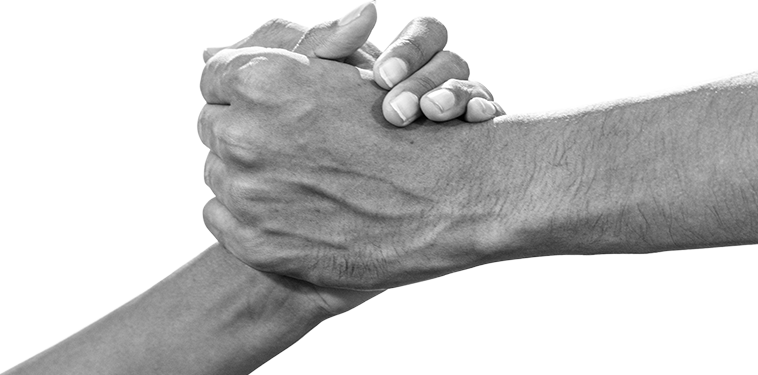
Healthy Ways of Processing Emotions
Processing emotions is about learning to understand, make sense of and deal with emotions in healthy productive ways.

Saying NO
Saying ‘no’ is not always easy, but it is important. Setting boundaries allows us to recognise how much we are capable of handling, and go about our daily lives in a healthy and efficient manner.

Have a Sleep Routine
Having adequate sleep is the most important part of self-care. A satisfactory amount of sleep helps restore the mind and body. Try to go to bed and wake up at the same time every day.

Socializing
Socialization is key to self-care. Close connections are important to your well-being. The best way to cultivate close relationships is to put time and effort into building and maintaining your relationships with others.

Yoga
Yoga is hands down one of the best self-care tools. Spending time on your mat can benefit your brain, heart, and bones, and even change the expression of your genes Even 10 to 15 minutes a day is valuable in re-patterning dysfunction in your body. It’s about personal practice.

Eating Well
Combining smart nutrition strategies with a healthy diet can do wonders for your body and mind. Here are ten smart eating habits that’ll help you lead a healthier and happier life: Load your plate with fruits and vegetables. Fruits and vegetables are a great source of vitamins, minerals, fiber and antioxidants. According to a recent study published in the British Journal of Health Psychology, there’s a correlation between eating fruits and vegetables and feeling positive.

Journaling
Journaling is the act of recording your thoughts and feelings about the situations in your life, and is helpful in safeguarding your mental health. Using a journal regularly can help you recognise events that evoke complicated emotions, identify their causes, and figure out ways to understand or prevent them in the future. You can also use a journal to keep track of the things that you are grateful for everyday, or to monitor your dietary habits and other practices.

Workout
One of the core components to taking care of yourself is exercise. Regular exercise can improve your physical health, decrease the risk of serious health conditions, and safeguard your emotional well-being.

Practicing Mindfulness
Mindfulness is the act of being completely present in a given moment; acknowledging your thoughts and letting them go without judgement. This practice can help you reap the benefits of your self-care routine - it reduces stress and anxiety, evoking a sense of contentment with the life you live.

Cultivating Gratitude
Gratitude is a powerful tool that can combat both negativity and anxiety. Focusing on things that bring you joy and being grateful for the good in your life - even things as simple as a good cup of tea - is one of the first steps to cultivating a greater sense of emotional well-being and overall positivity. Several studies, including those by Harvard Health, have shown that gratitude is strongly and consistently associated with greater happiness. It helps people feel more positive emotions, relish good experiences, improve their health, deal with adversity, and build strong relationships.









